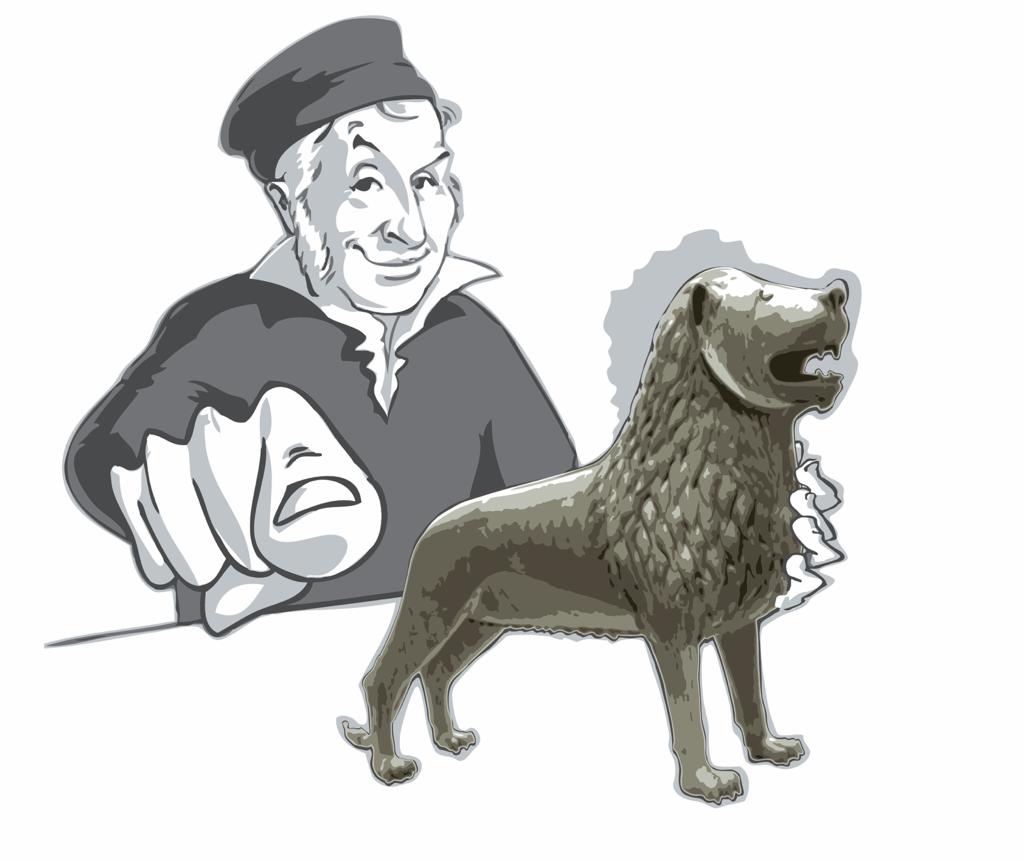Health tips by Barmer: Help for headaches

Your head is throbbing and aching, your neck and shoulders are tense, you find it hard to concentrate: there are more than 200 types of headache and each one is unpleasant in its own way. Almost
40 percent of Germans suffer from migraines or tension headaches. We are especially likely to suffer from an aching head when we have to or want to be efficient in our day-to-day lives. But we’re not always helpless in the face of attacks. If you are prone to headaches, there are some preventive measures you can take.
Types of headache
A distinction is made between primary and secondary types of headache. The former are headaches that have pain as the main symptom, without any underlying structural disease. These types
of headache include tension headaches and migraines. Secondary headaches, on the other hand, are a symptom of another illness, such as an infection. They disappear as soon as the infection subsides.
- Tension headaches
Most headache sufferers have what is called a tension headache, which comes with a ring-shaped feeling of pressure. The pain is dull and pressing and occurs on both sides of the head with the pain most prominent in the forehead or back of the head. Tension head- aches also set in over the course of the day due to stress and muscle tension, so they are sometimes accompanied by shoulder and neck pain. They often affect people with traditional desk-based jobs.
- Migraines
Around 13 percent of women and 9 percent of men in Germany suffer from migraines. This headache occurs suddenly and recurs at irregular intervals. The headache is pulsating, throbbing or stabbing. Migraine sufferers can be jolted out of sleep early in the morning by a migraine attack. They are often accompanied by symptoms like nausea, vomiting or sensitivity to light.
Reasons for headaches
Why the head starts to hurt varies greatly from person to person and it’s not always possible to identify the cause. But stress is a typical trigger. People who have difficulty switching off and relaxing are at particularly high risk.
How can you prevent headaches?
Stress at work, a hectic day-to-day life, pressure to perform – some things cause us real “headaches”, both literally and figuratively. Instead of reaching for the painkillers straight away, there are some preventive measures we can take:
- Drink at least 1.5 to 2 litres of water or unsweetened tea every day, or ideally more. This recommendation is for people with healthy hearts and kidneys.
- Make sure you get plenty of regular sleep, in the same rhythm, if possible, even at the weekend.
- Eat a balanced diet and eat regularly to give your body enough energy.
- Exercise regularly in the fresh air. This has been proven to prevent migraine attacks.
- Relax after the working day and allow yourself to do nothing now and then.
- Frequently loosen and stretch your shoulder and neck muscles during the working day. Circling your shoulders or arms works equally well when standing or sitting.
- Schedule breaks in your daily work/study routine and direct your gaze to a green view, even if it’s just a little tree outside your window.
What helps fight the pain?
Once the headache is there, a few drops of peppermint oil on your temples, fresh air and rest can sometimes help. If you’ve tried home remedies and they’re not working, your GP can tell you which pain- killers are best for your type of headache. Once the headache has subsided, don’t try to make up for the “lost” time quickly, or you’ll risk the next attack of pain.
Important to know
If you suddenly get an unfamiliar type of headache or if you get head- aches for the first time after the age of 50, or if you have additional symptoms such as fever or cramps, you should consult a doctor as soon as possible.




You must be logged in to post a comment.